Fast and safe throwing in baseball (FASTBALL)
Project Parameters
Research Partners
Related Research Themes & Projects
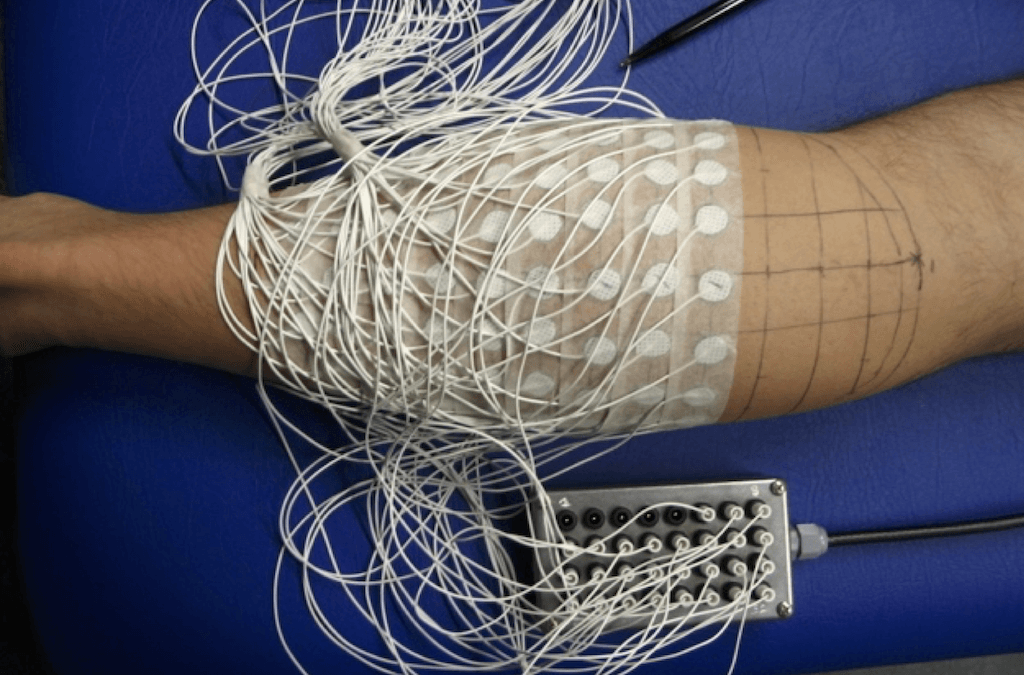
Unravelling the etiology of muscle injuries
The first aim of the research project is to characterize the activity of the hamstring muscles biomechanically and neurophsyiologically, during high speed running activities and injury prevention exercises. The second aim is to study muscle characteristics in athletes before and after a prevention program.
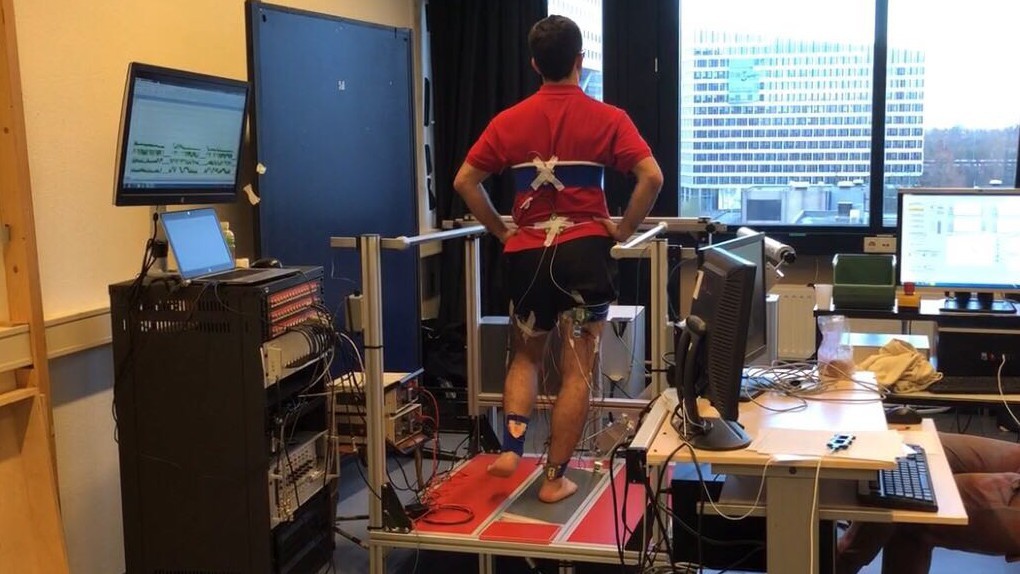
Learning to balance
In this project, we will study short- and long-term training in young and older adults, to determine the psychological (fear of falling), neurophysiological (reflex gains, muscle synergies) and biomechanical (motor strategies) correlates of improved balance performance
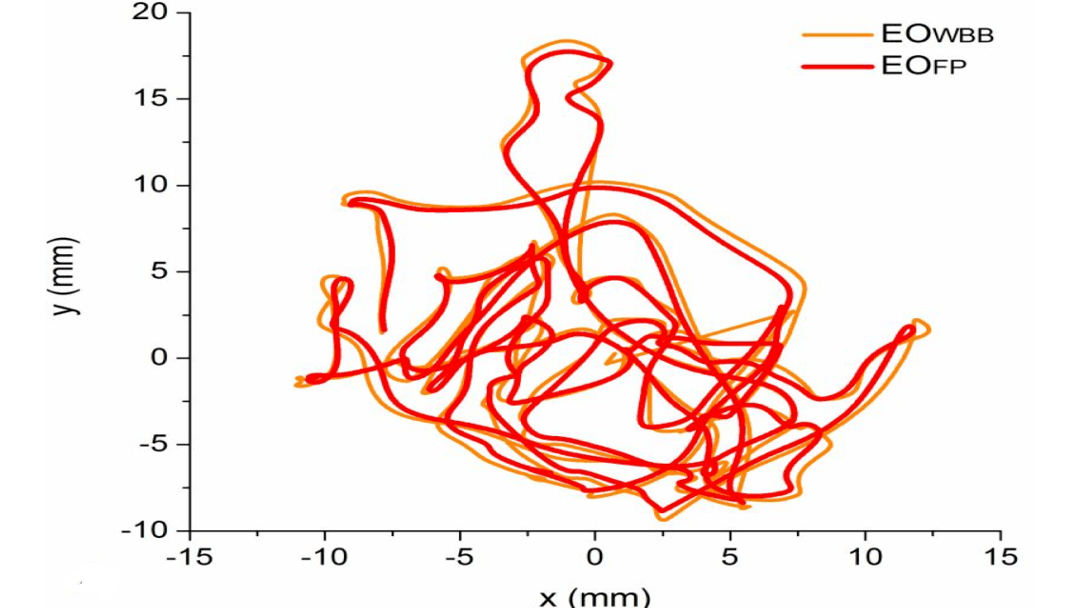
Balance testing
In this project we aim to develop outcome measures of static single leg balance tests and dynamic single leg landing tasks to evaluate sensorimotor control, more specifically the ability of an individual to stabilize posture, suitable for large-scale assessment of performance and injury risk in athletes, and for evaluation of recovery after injury

Understanding hand motor control
The aim of this project is to assess the contribution of neurophysiological and mechanical characteristics of our neuro-musculo-skeletal system to the limited independence of finger control.
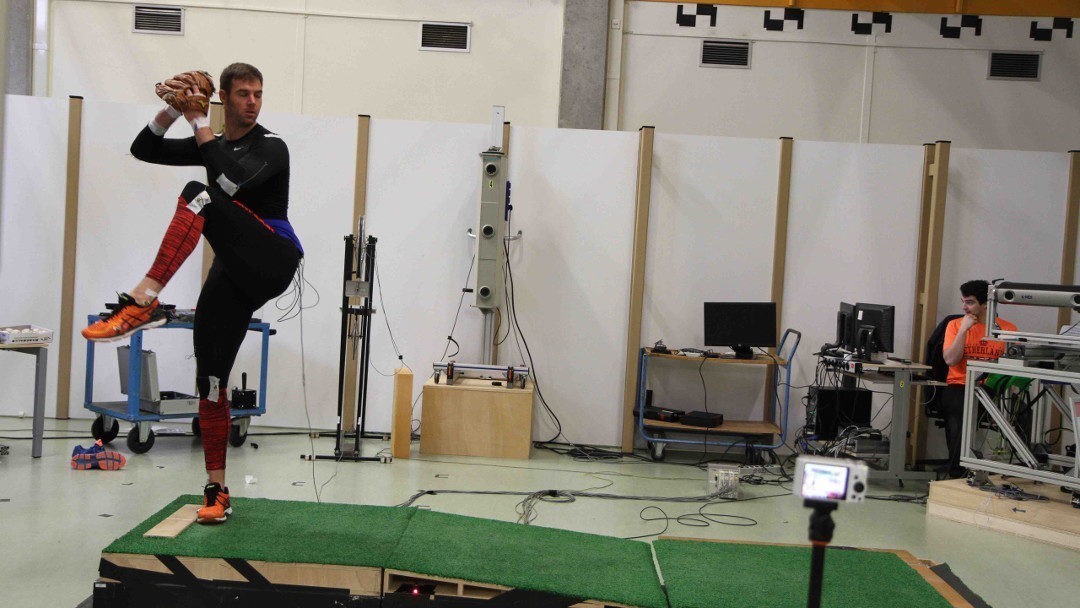
Breaking the high load – bad coordination in overhead sports injuries
The aim of this project is to develop a system to provide feedback on loading of the arm and key coordination parameters in sports activities such as a tennis stroke, which provides information on the (accumulated) load a, based on power flow models and ligament loading estimates.
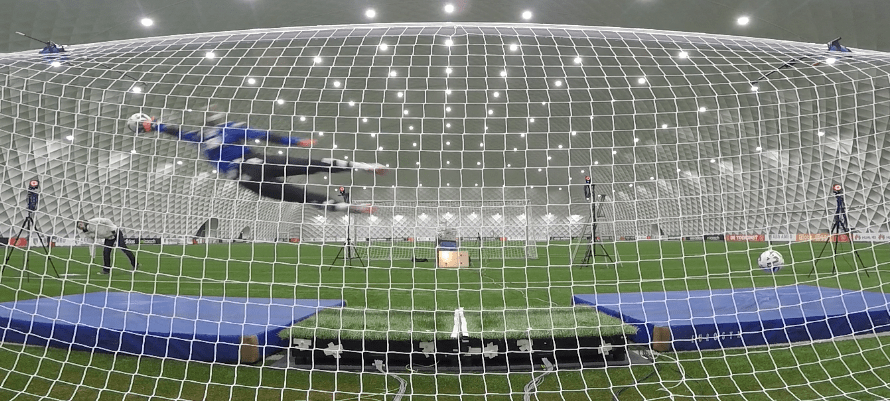
Biomechanics of ballistic whole-body movement in elite athletes
In this project we aim to understand the motor control strategy during ballistic sports actions and the function of the joints and muscles involved. Specifically, we investigate the full-body 3D kinematics and kinetics of top level hockey players during performance of the drag-push, and the diving save of top level goal keepers in football. Results from these studies will be used to assess which biomechanical factors can be targeted to improve performance.